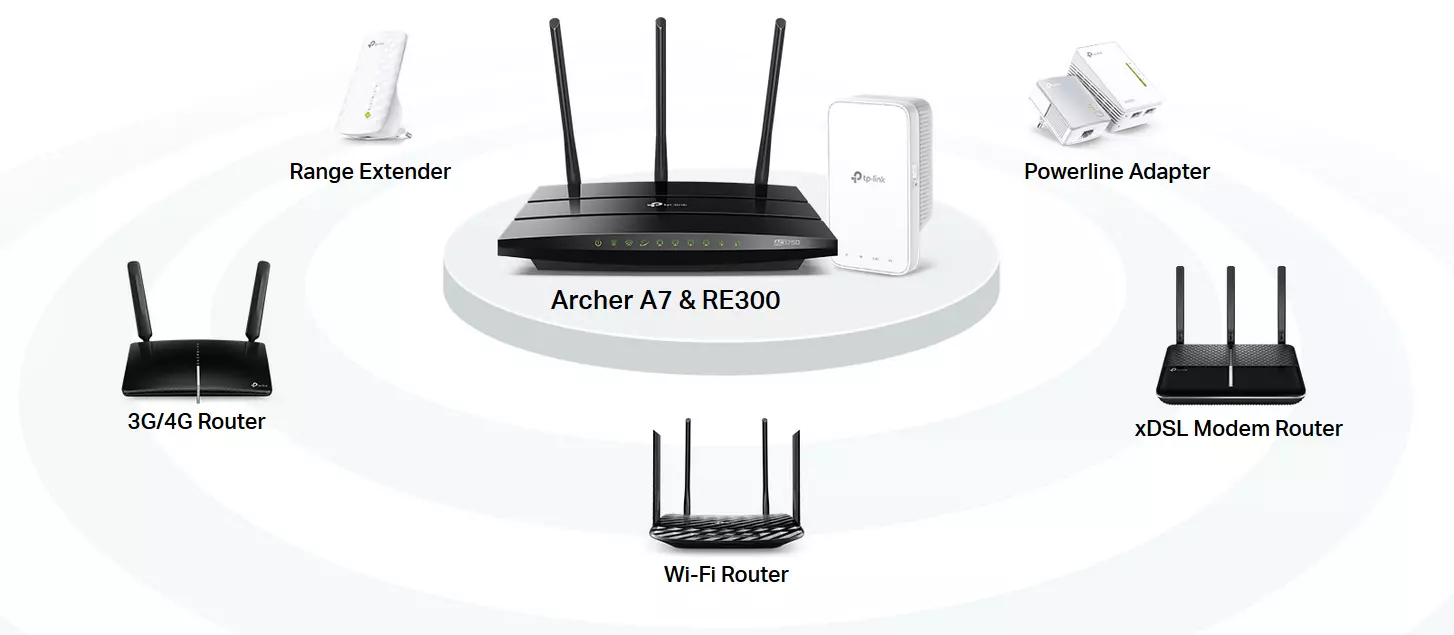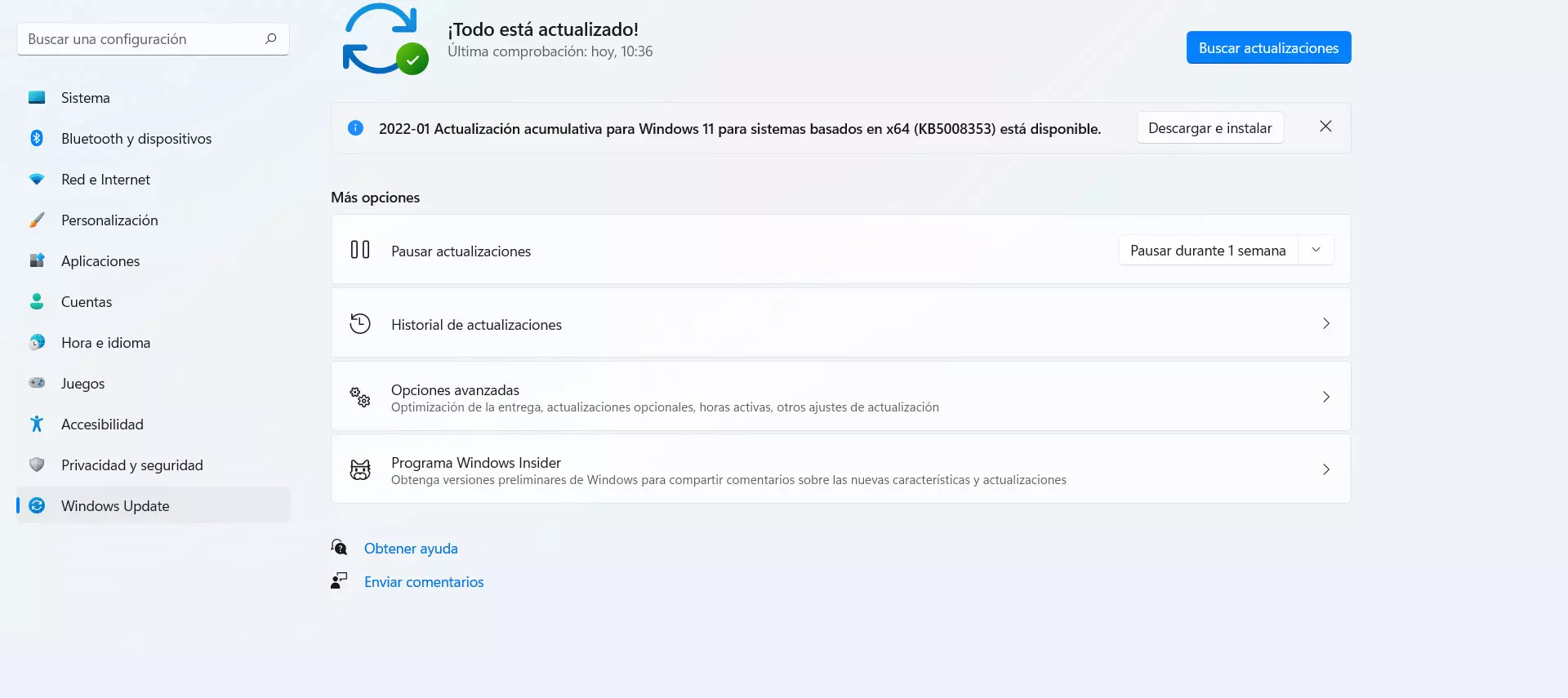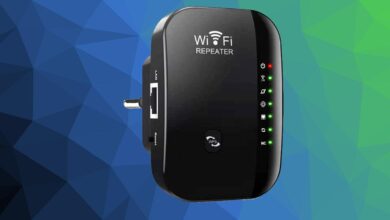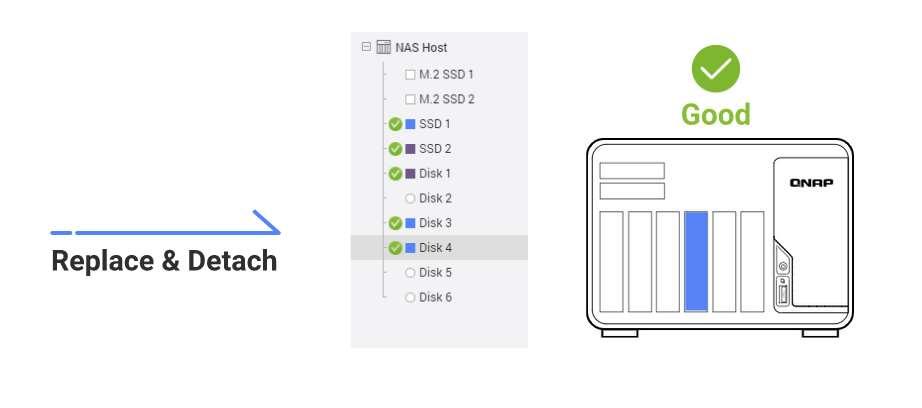
All router manufacturers have progressively incorporated the possibility of intercommunicating their different devices to form a complete WiFi Mesh network. One of the first manufacturers to launch a firmware compatible with routers, WiFi repeaters and PLCs with WiFi was AVM, thanks to this total integration, we have the possibility of incorporating different types of devices into the Mesh network to have the best user experience at home , they have called it FRITZ!Mesh. The manufacturer TP-Link has also incorporated this functionality in a large number of routers, WiFi repeaters and PLC devices. Do you want to know what TP-Link OneMesh consists of and what devices are compatible?
What is TP-Link OneMesh and what is it used for?
This technology has been developed by the manufacturer TP-Link for specific router, WiFi repeater and PLC models, although within the same model it may or may not be compatible, because we also depend on the hardware version of the device. team. Manufacturers usually release different revisions of the hardware, changing components and even improving components, with the aim of having this router “updated” at the hardware level, and having the possibility of incorporating new features in the firmware that are compatible with the internal hardware. .
TP-Link OneMesh technology will allow us create a wifi mesh network with the main WiFi routers, WiFi repeaters and PLCs from the Chinese manufacturer. Generally, manufacturers such as TP-Link already have specific WiFi Mesh systems, such as those of the TP-Link Deco family. However, users also demanded the possibility of integrating the manufacturer’s repeaters within the router, with the aim of having a complete mesh WiFi network in our home.
Thanks to TP-Link OneMesh, we are going to have two fundamental characteristics to have the best possible user experience:
- Wi-Fi roaming: this functionality allows us to go from the router to the WiFi repeater or PLC in a completely transparent way to the user, we will not have a cut in the wireless connection. Thanks to the 802.11k/v standards integrated in OneMesh, we will be able to make a VoIP call or video call, and move around our house going from one node to another without cutting the wireless connection.
- Band steering: This function allows us to unify the 2.4GHz and 5GHz frequency bands, using the same SSID, authentication and password. This allows Wi-Fi clients to connect to a frequency band, and the router or repeater is in charge of placing itself in one frequency band or another.
These two functionalities are the most important to have a high-performance WiFi Mesh network that behaves excellently with the aim of a perfect user experience. OneMesh supports both features on all supported equipment. Another very important feature is that the main router will act as the main device for the Mesh network, and from here we can view the general status of the mesh network and the different existing devices.
OneMesh is exactly the same as what TP-Link does with its Deco range, but we must remember that TP-Link’s Deco range is quite limited in terms of firmware functions, we do not have a configuration interface via web to configure in detail all the advanced router parameters. However, the Archer range of routers do allow advanced configuration of all their options through firmware via the web, ideal for having the best of both worlds: many configuration options for the Archer, and WiFi Mesh for the Deco.
Until before the release of OneMesh, if we wanted to use a manufacturer’s WiFi repeater with a router, the devices would remain “anchored” to the computer where they were connected for the first time, so even if we were closer to the router, it would still be in the WiFi repeater until the signal is completely lost. This caused us to have cuts in the WiFi signal due to the distance, and even speed problems. OneMesh solves this by integrating WiFi roaming standards and also Smart Connect.
We recommend access the official website of TP-Link OneMesh where you will find all the details about this technology.
Compatible devices
In order to have TP-Link OneMesh on our TP-Link device, we must have the firmware updated from the manufacturer to the latest version, otherwise we will not be able to enjoy this function. It is also very important to have the router, WiFi repeater and PLC with WiFi compatible with this technology, in addition, it is essential that you also have a hardware version compatible with the firmware that OneMesh integrates, otherwise, you will not be able to have it.
Next, we are going to make a complete list of all the routers, WiFi repeaters and WiFi PLCs compatible with this technology, paying special attention to the hardware versions.
routers
- Routers with Wi-Fi 6:
- Archer AX11000 V1
- Archer AX6000 V1
- Archer AX90 V1
- Archer AX55 V1
- Archer AX23 V1
- Archer AX20 V1
- Wi-Fi 5 Routers:
- Archer C7 V5.0
- Archer C6 V2
- Archer C80 V1
- Archer C2300 V2
- 3G/4G routers:
- Archer MR200 V4
- Archer MR400 V4
- Archer MR600 V2
Wi-Fi repeaters
- Repeaters with WiFi 6:
- Repeaters with WiFi 5:
- RE550 V1
- RE450 V4
- RE330 V1
- RE315 V1
- RE305 V3
- RE300 V1
- RE220 V1
- RE205 V4
- RE200 V3
- RE190 V4
Wi-Fi PLCs
- TL-WPA8631P KIT V3.0
- TL-WPA8631P V3.0
- TL-WPA7517 KIT V1
- TL-WPA7617 KIT V1
You can access the TP-Link OneMesh support official website where you will find all the updated equipment, over time, some models will soon have compatibility with this functionality, but other models will end up having compatibility because they will be “EOL (End of Life)” so they will no longer be supported.
We currently have a large number of routers, WiFi repeaters and also PLC devices compatible with TP-Link OneMesh, however, not all equipment is compatible, so they still have a lot of work to do to incorporate all the products they have for sale. today, just like AVM does with its FRITZ!Box routers, FRITZ!Repeater repeaters and also the FRITZ!Powerline PLCs. The German manufacturer has done a very good job of integrating all the models available for sale into the FRITZ! Mesh network, something that currently no manufacturer such as ASUS, D-Link and TP-Link itself have.



